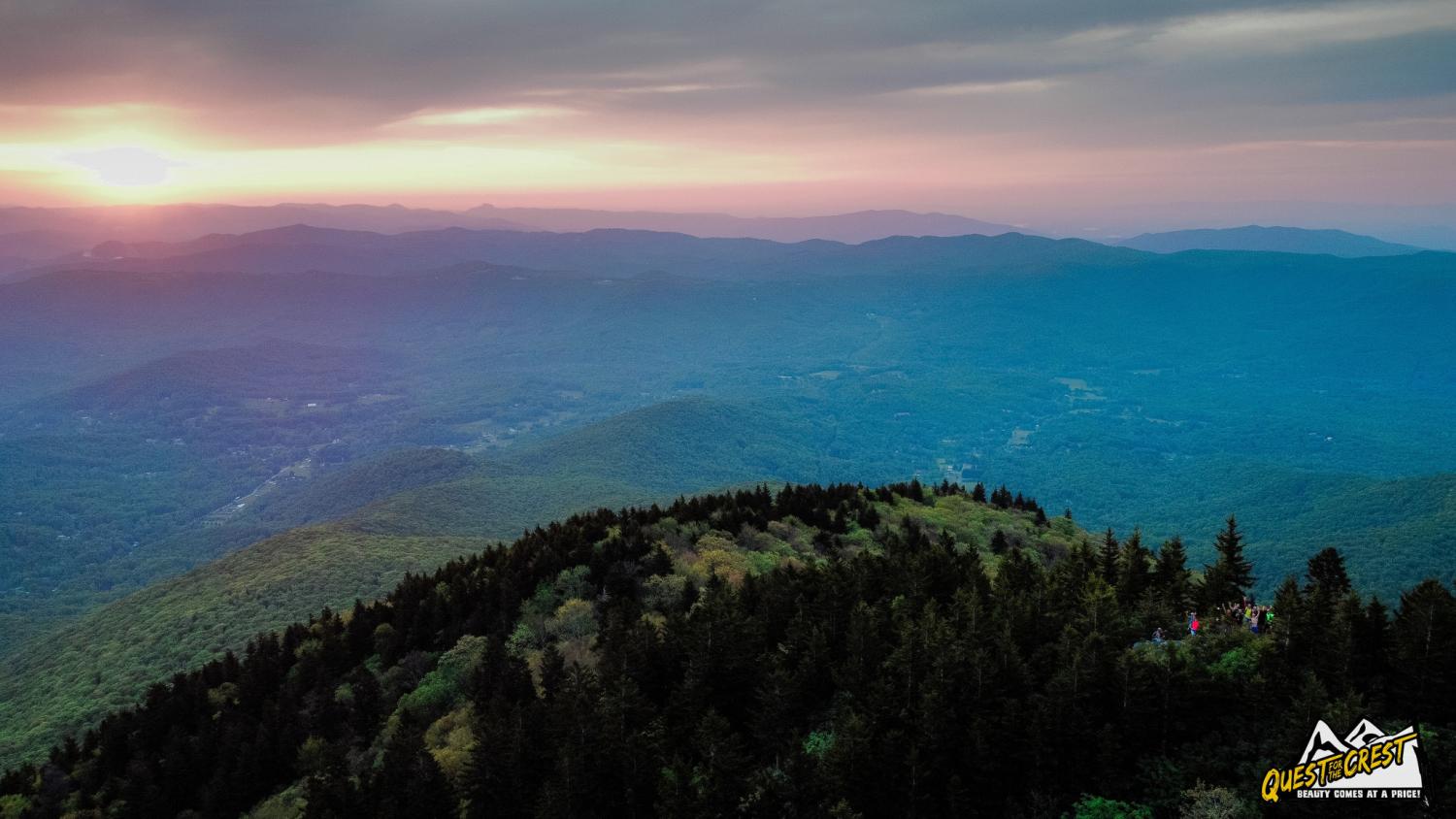Choosing The Unconventional
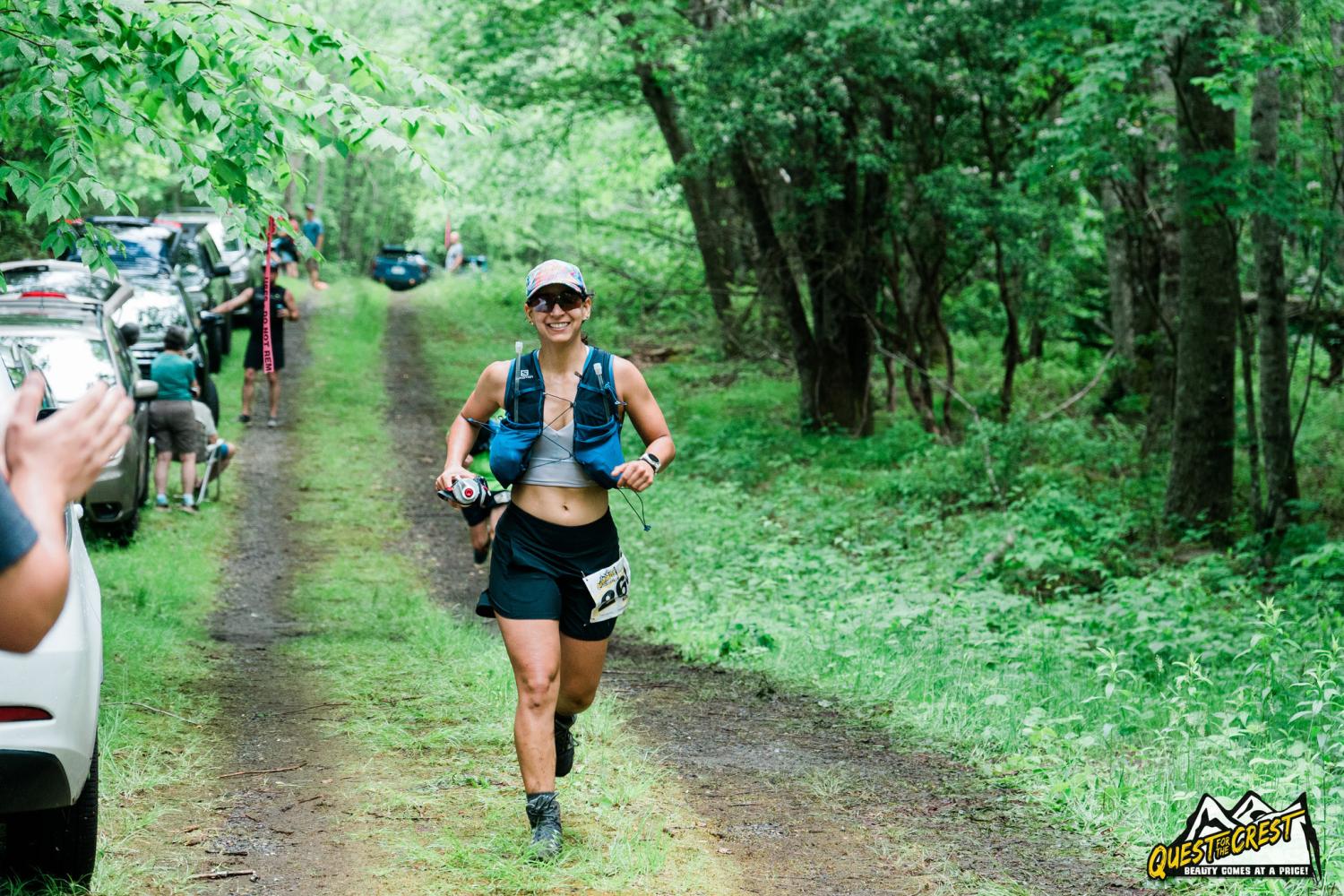
By Alexandra Maria Garcia, LOWA Ambassador
On May 21st, 2022 I ran my first ultramarathon in the Mount Mitchell State Park in North Carolina. The Quest for the Crest 50K, which boasts to be the hardest 50K in North America, delivered in technicality, intensity, and opportunity to thrive in the unconventional. I raced Quest with heart, placing 6th of 51 female participants on a day where weather conditions pushed close to 50% of all racers to DNF. It is the hardest single day activity I’ve ever done - and now my goal is to build on that success.
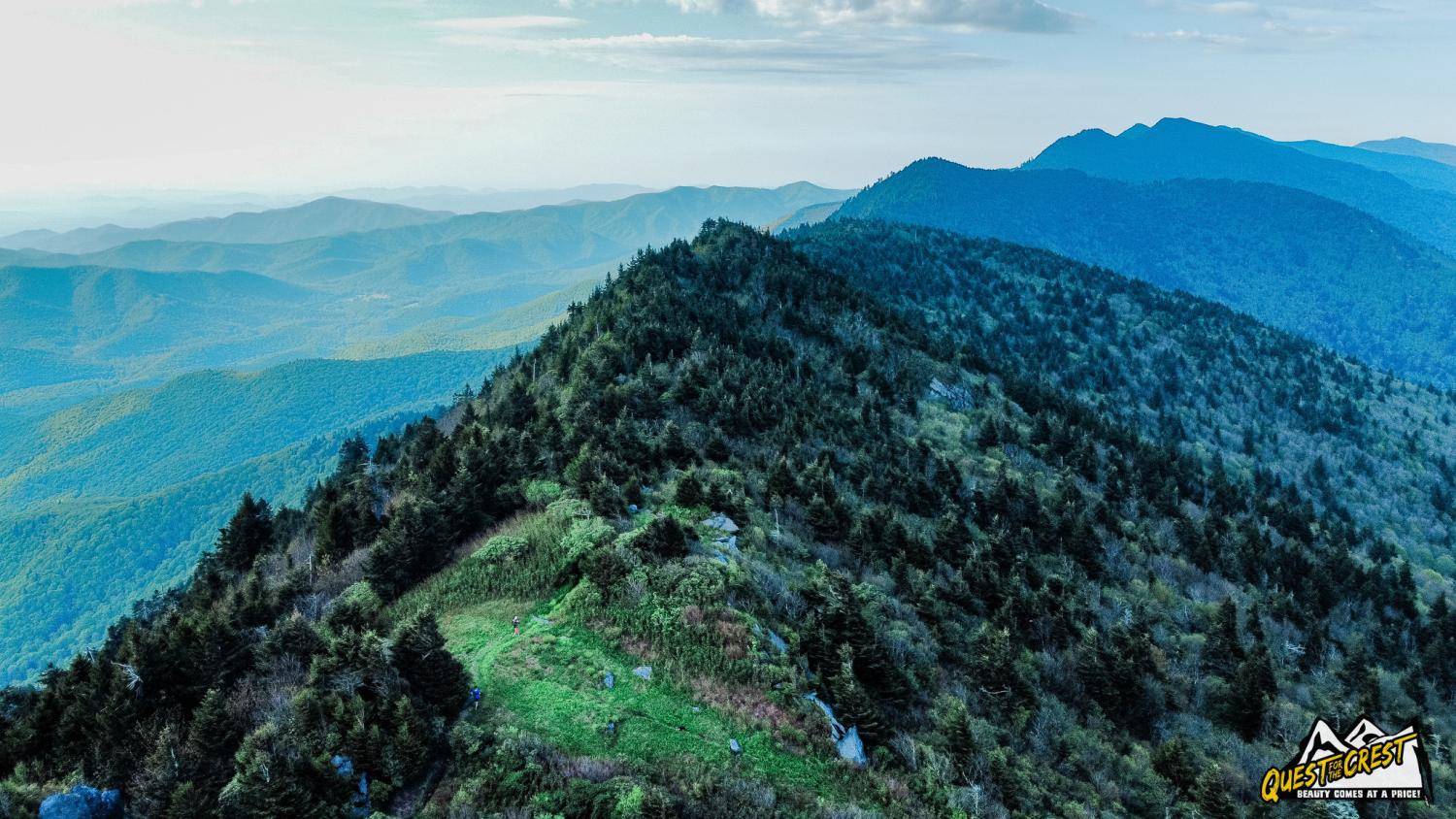
To be honest, running an ultra wasn’t part of my athletic goals until recently; in fact, for a long time, I resisted the idea of calling myself a runner, mainly because I felt I wasn’t fast enough, light enough, or [something else] enough to own that title with pride. Hiking, and even fast packing, were my comfort zone activities I felt competent at, and for a while they met my needs for adventure within safe athletic bounds. Yet in August 2020, I hiked almost 110 miles over a weekend, and that turned the table of possibility on its side. Suddenly, going faster and farther was within the known limits of my capabilities… and that meant I wanted to test them out.
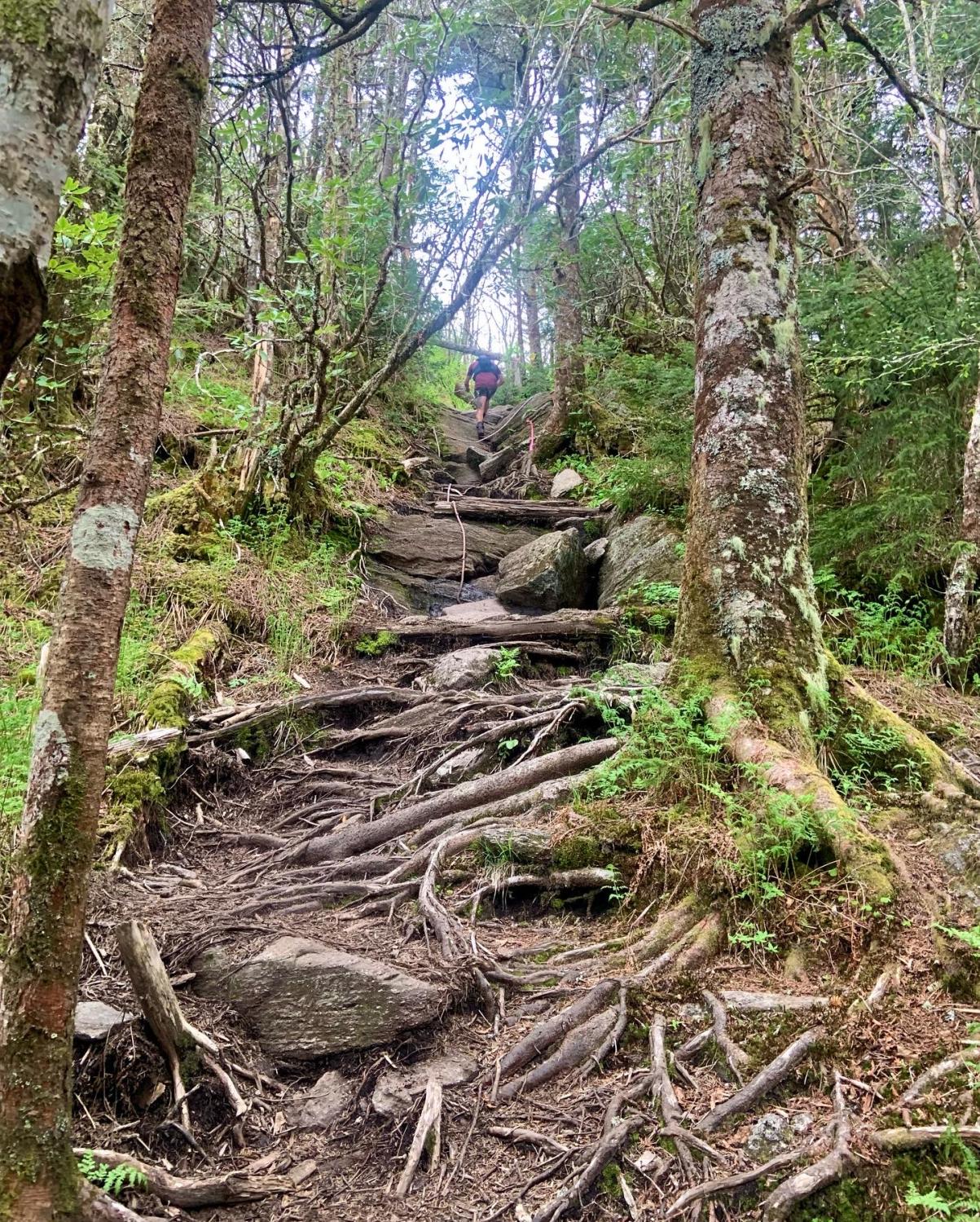
Deciding to race Quest came with the huge responsibility of creating, following, and adapting a training plan for an activity I had never done before. Training for me meant learning all the systems that play a role in ultraracing, from managing progressive overload over time for a “new runner”, to practicing fuel and hydration strategies, to dialing in a race kit that best supported me on race day. In many of these building block decisions I went against the status quo to celebrate who I am and where I’m at in my journey as a budding competitive athlete. My favorite unconventional wins were the following:
- I decided to incorporate a strength training component to a low mileage training program that included cycling and running. This approach prevented overuse injuries and helped build a solid muscular endurance base that was needed for the 12,000 ft of vertical gain at Quest for the Crest.
- I learned how to supplement a mostly solid-based nutrition strategy with some liquid carbs. I felt this fueling approach supported my needs in a more sustainable manner.
For me, the combination of traversing gnarly terrain under excessive fatigue created the perfect scenario for a serious injury, particularly from twisting an ankle (something I am prone to). I tried different race kits over the months leading up to the race and decided to run in the LOWA Innox Pro GTX Mid boot. Yes, a boot for a 50K race. Its lightweight construction and flexible sole allowed me to run at a comfortable pace without sacrificing safety - something a few runners would have liked on race day!
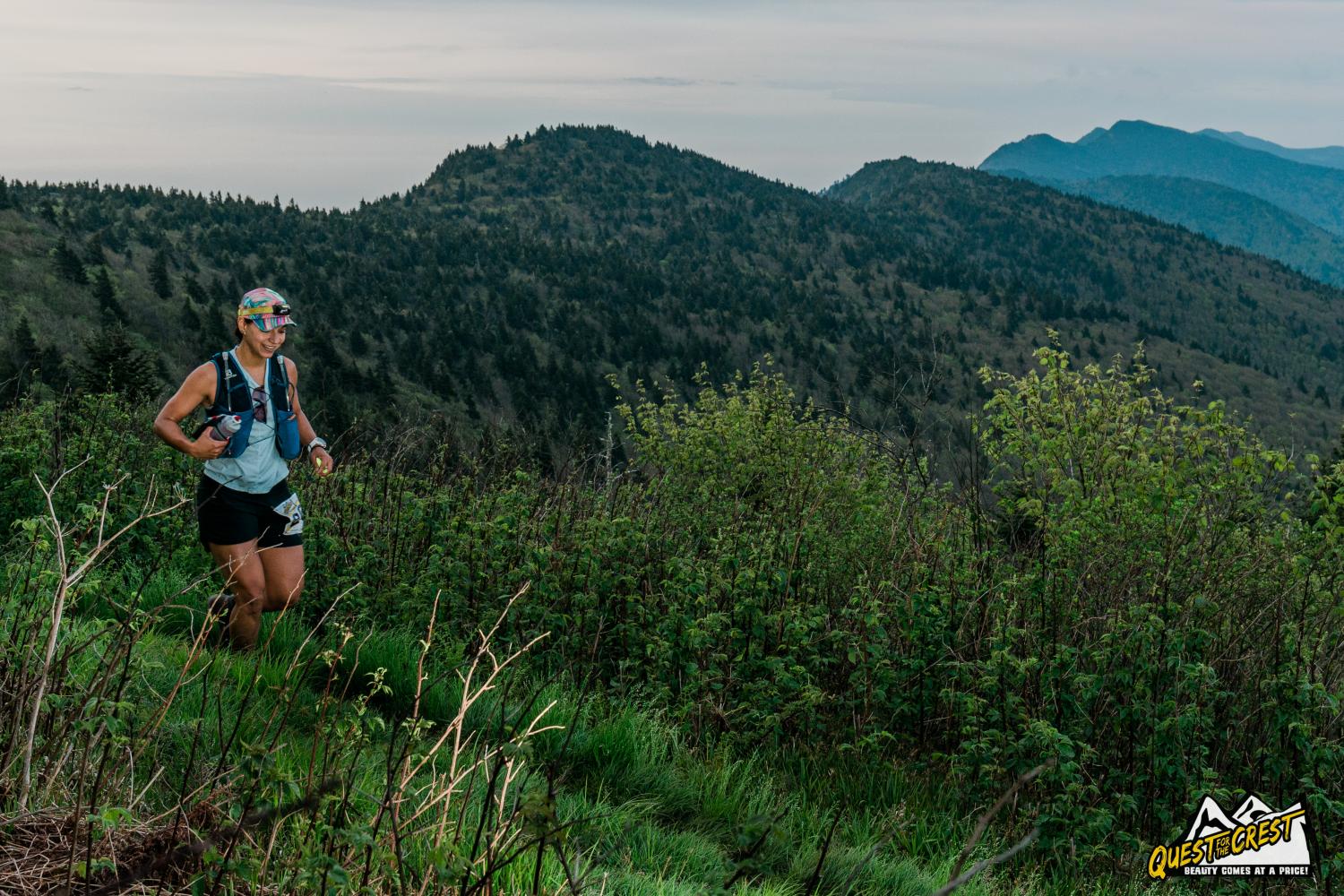
I continue looking for exciting, unique, unconventional ways to define my outdoor athletic journey. Looking back, racing Quest was a natural progression for my Difficult Pursuits project, which started with long solo day hikes and now encompasses many outdoor challenges that together will make me the best mountain athlete I can be. Learning from each of these experiences, regardless of the result, and tinkering with the variables within my control, is my way of remaining curious and open to new opportunities. My journey is just starting, and there’s so much left for me to explore and improve upon.
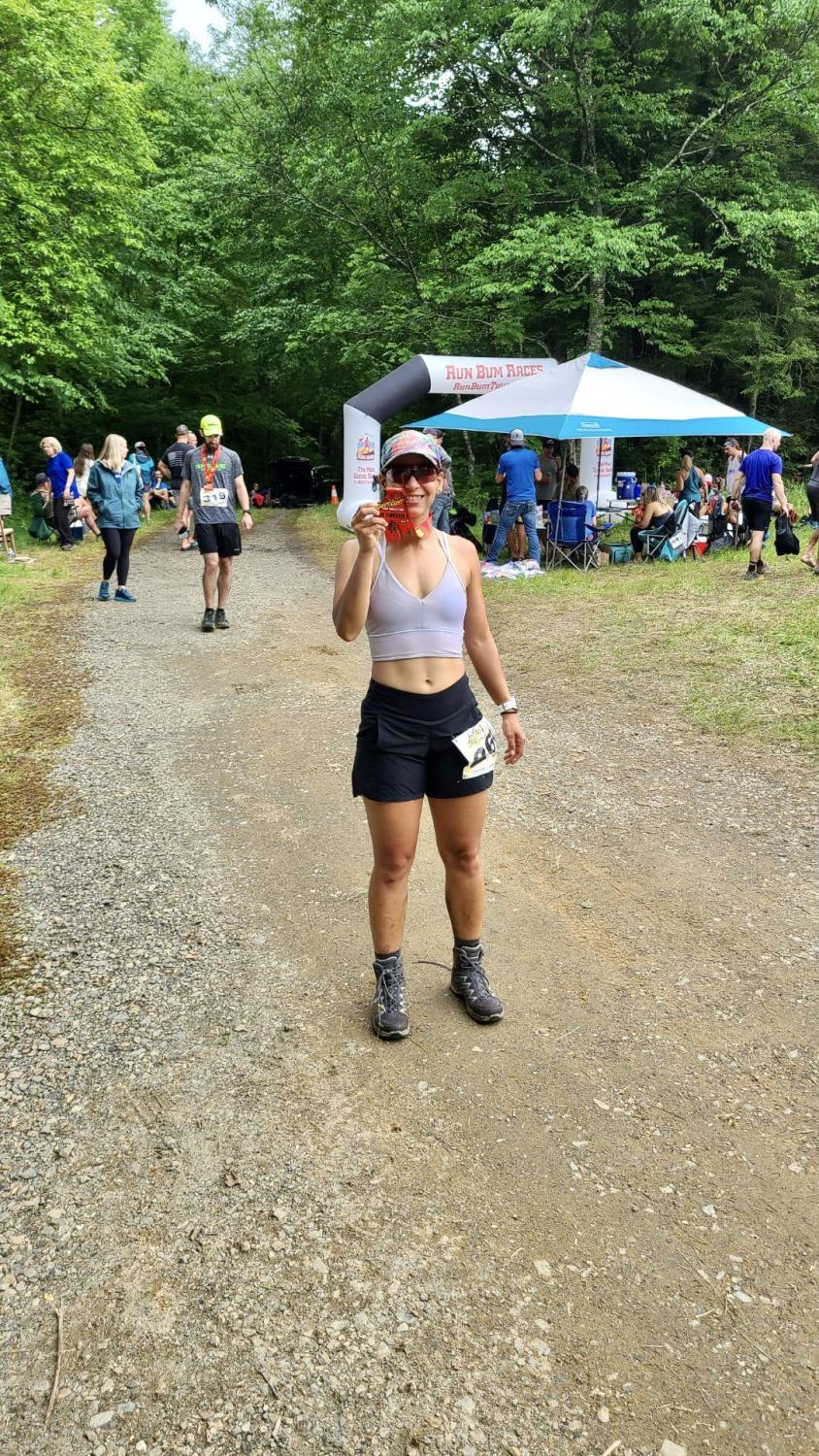
Pictures: Official race pictures with Quest for the Crest logos are by Scott Abshire (@scottapants). All other pictures are Alexandra Maria Garcia.
Follow Alex on Instagram or visit her LOWA ambassador page to learn more.
